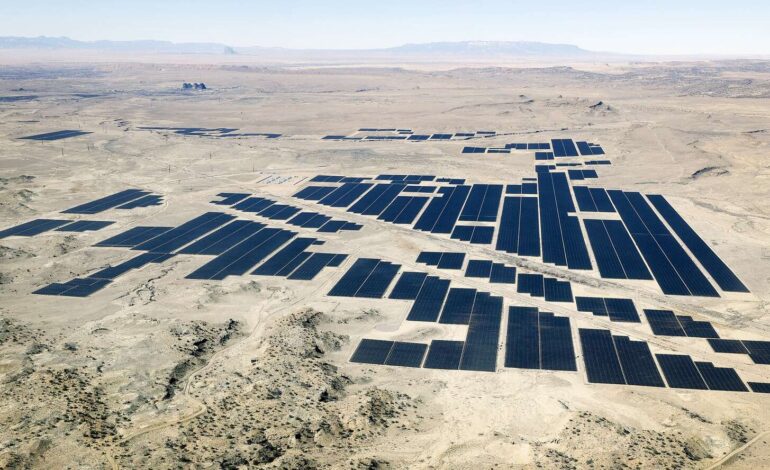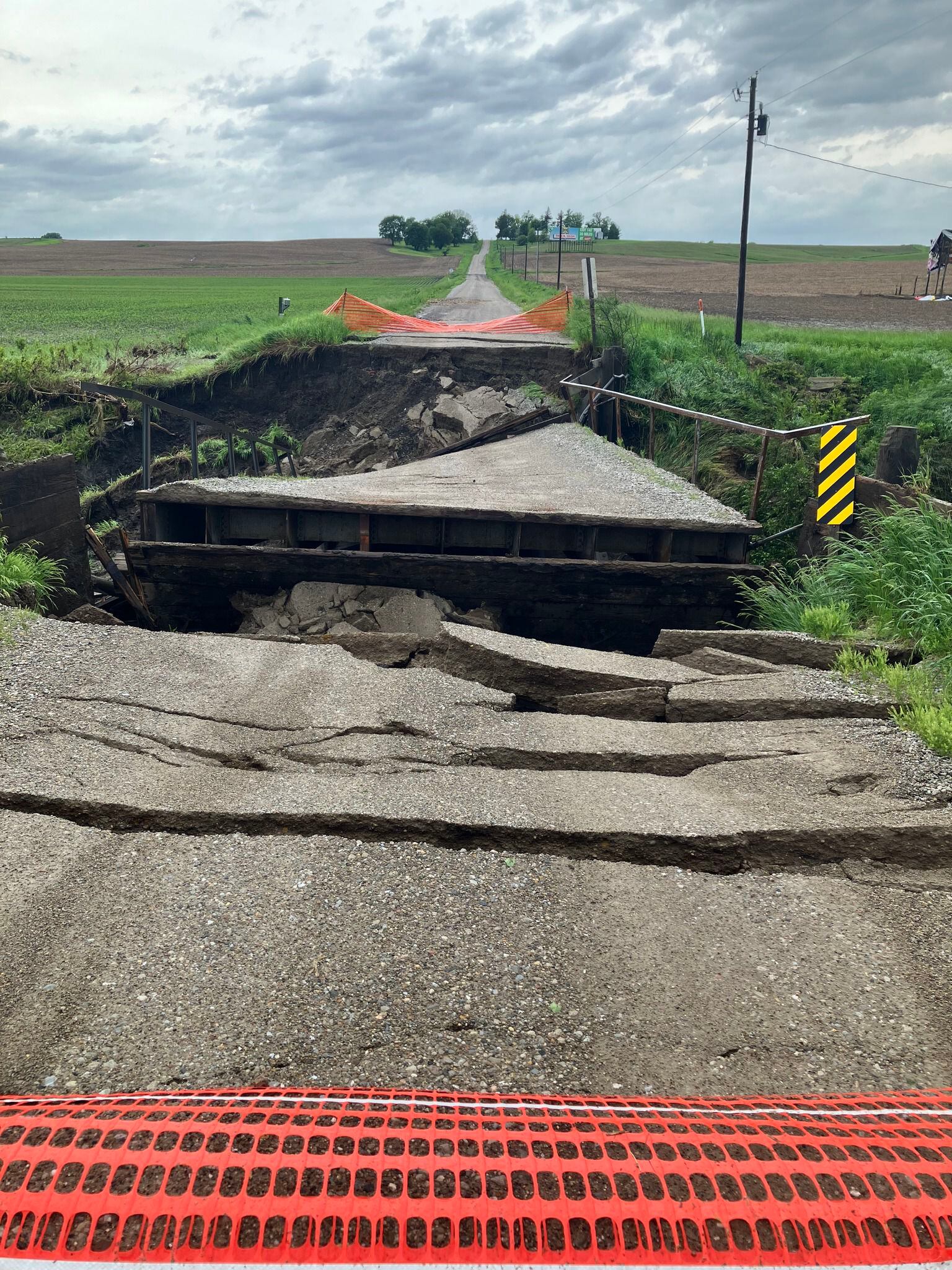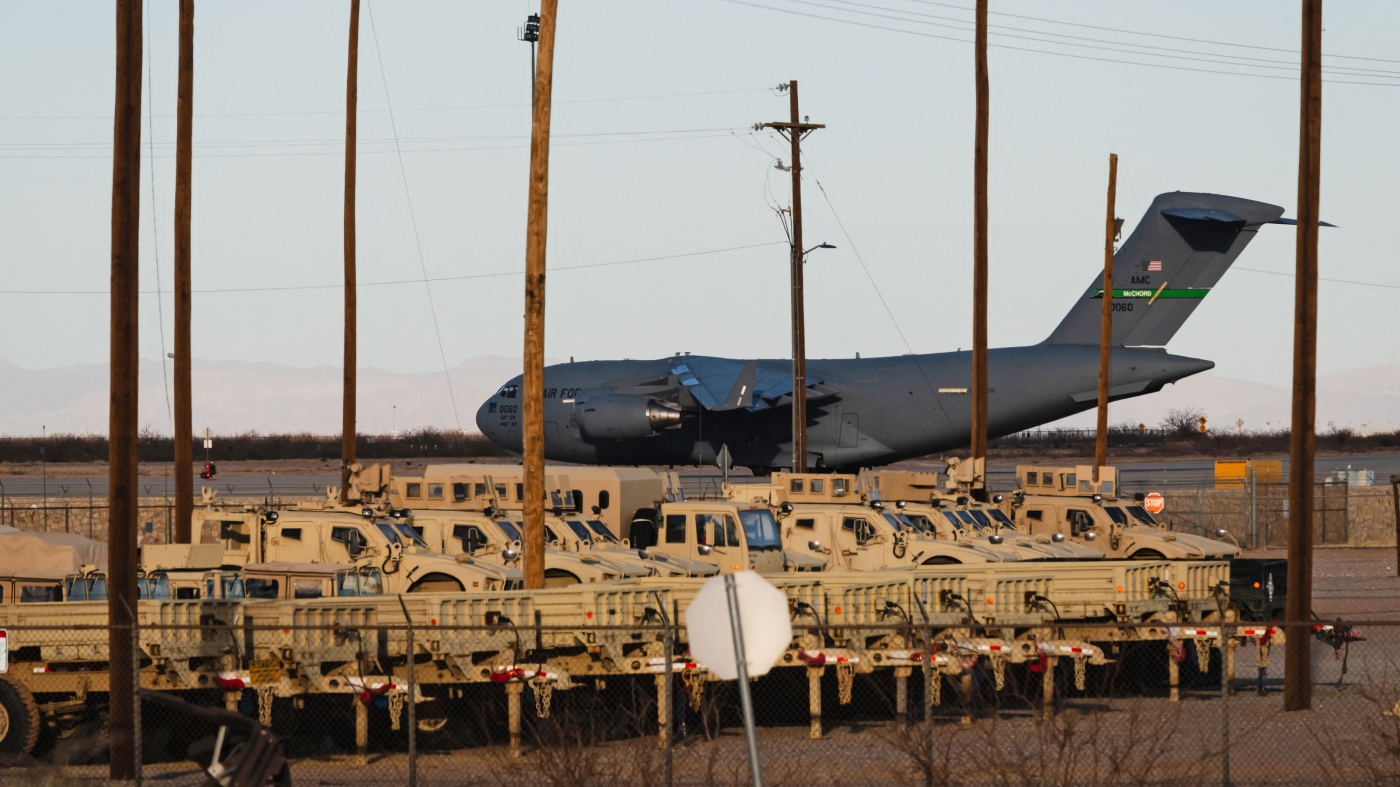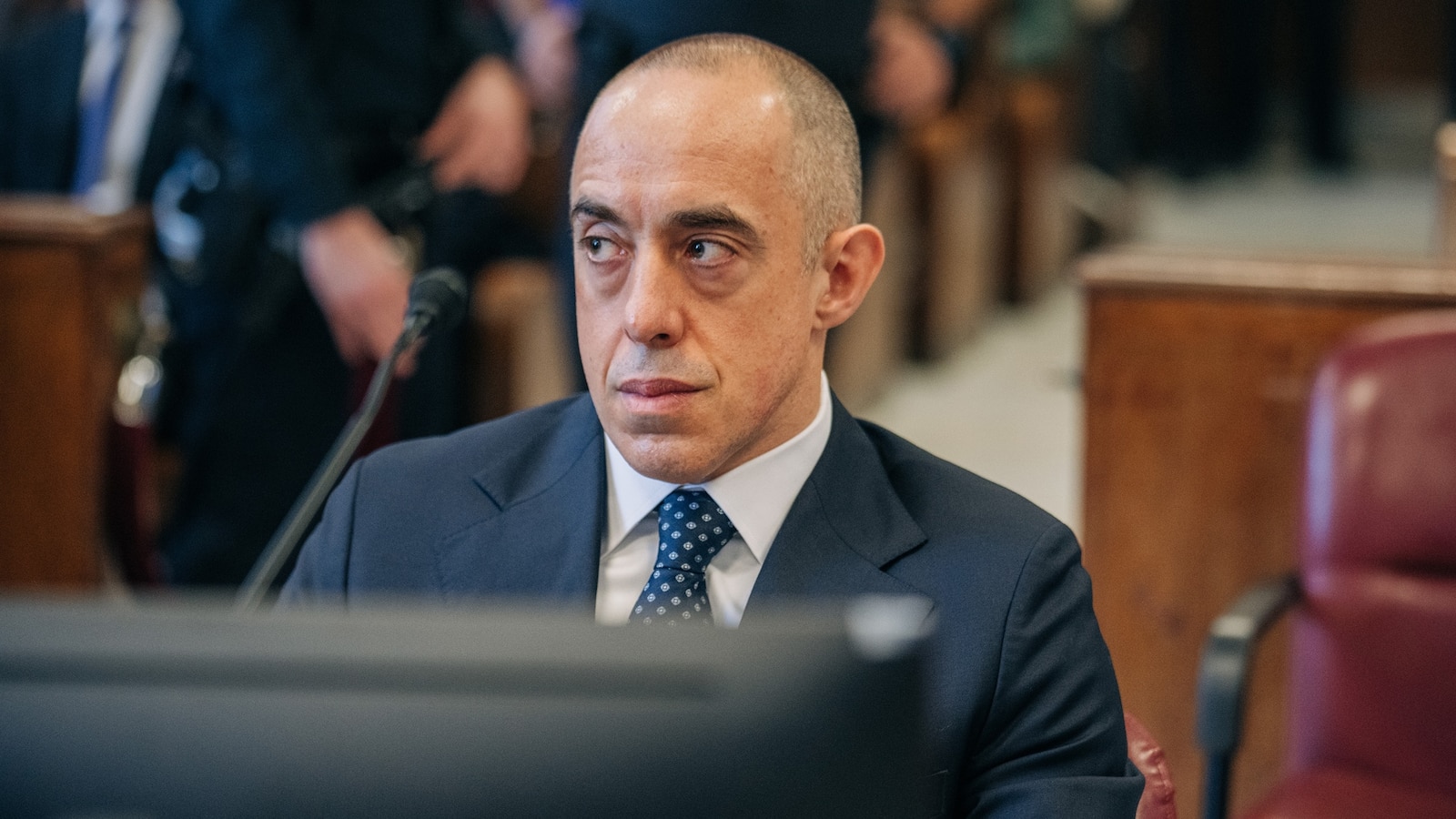Colorado Faces Urgent Clean Energy Hurdles Amid County Pushback

UPDATE: Colorado’s ambitious clean energy goals are facing significant hurdles as local counties resist solar and wind projects. The state must triple its wind generation and quintuple its solar capacity by 2040 to meet mandated targets, according to the latest report from the Colorado Energy Office.
This urgent challenge comes as demand for electricity surges and coal-fired generation is phased out. “There are local policies that stall or prevent clean energy projects,” said Will Toor, executive director of the Colorado Energy Office. “This not only hurts economic development, but also impacts rate payers and the overall state energy planning goals.”
In a recent survey, officials revealed that procedural hurdles and community opposition in various counties are complicating efforts to expand renewable energy infrastructure. Currently, Colorado needs to install 11,000 megawatts of wind generation and 12,000 megawatts of solar power by 2040, alongside other energy storage and gas-fired capacities.
To achieve this, approximately 110,000 acres of land will be required—equivalent to 0.17% of Colorado’s total land area. However, the report highlights that local regulations differ significantly across counties, leading to inconsistent development opportunities. “We’re seeing a lot of opposition in places where community engagement hasn’t been handled well,” Toor added.
The report, mandated by Senate Bill 212, highlights the growing tensions between state energy goals and local land use policies. While some counties have welcomed solar projects, others have imposed moratoriums to reassess regulations. In the past four years, numerous large solar projects have been proposed, particularly on the Western Slope, leading to increased local pushback.
Guzman Energy encountered challenges with its planned 80-MW solar installation in Delta County, facing opposition regarding farmland loss. Adjusting its proposal to include irrigation for grazing has allowed the project to move forward, showcasing the need for developers to engage with local communities more thoughtfully.
On the other hand, Xcel Energy is currently facing setbacks with its proposed $1.7 billion high-voltage transmission line, which aims to connect renewable energy sources from the Eastern Plains to the Front Range. Local counties have rejected its routes, prompting Xcel to seek authority from the Colorado Public Utilities Commission to override these decisions.
The urgency of these developments cannot be overstated. As Colorado strives to cut greenhouse gas emissions by 94% from 2005 levels by 2040, the state must navigate a complex web of local regulations and community sentiments. “The successful siting and permitting of clean energy projects have become a critical challenge,” the report states.
Municipal leaders express concern that the report may serve as a precursor for increased state control over local land use decisions. “There’s a sense that this could lead to a predetermined path that undermines local governance,” said Kevin Bommer, executive director of the Colorado Municipal League.
While the report identifies barriers to development, it stops short of making specific policy recommendations. Instead, it aims to spark a “vigorous discussion” among stakeholders and local governments about how to balance state energy goals with community needs.
As the situation evolves, stakeholders are encouraged to engage in constructive dialogue to ensure that the expansion of clean energy in Colorado proceeds without compromising local interests. “We can’t meet our greenhouse gas emissions goals if we can’t build projects,” said Severiano DeSoto, energy siting policy advisor at Western Resource Advocates.
The path forward remains uncertain, but the urgency for action is clear. As Colorado navigates these challenges, local communities will play a critical role in shaping the future of renewable energy development.






